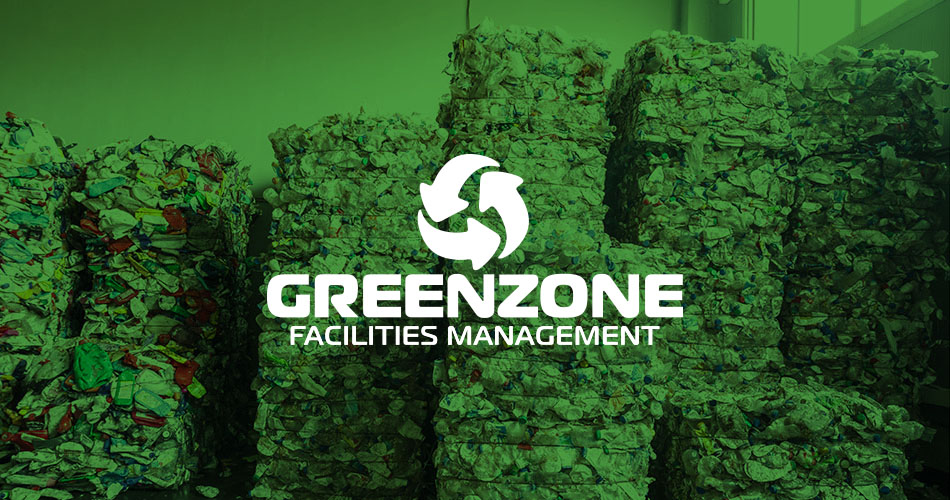About 16 pineapples, or 480 leaves, are sufficient to make one square metre of the textile, which weighs four times less than leather, and at £18 per metre costs around 30 per cent less. “It’s passed all the technical tests needed for footwear, bags and upholstery, which is the most stringent of all,” says Hijosa. “It’s really strong in stitching and it flexes very well. It’s also fire-retardant. I’ve still got a couple of prototypes that I’ve been using for about four years.”
To date, Ananas Anam has made around 3,000 metres of Piñatex and has the capacity to create up to 100,000 metres per month. The company, which has raised £100,000 in initial funding, has attracted interest from 200 manufacturers,
30 of whom have subsequently placed orders. “It goes from niche vegan designers who want a good leather alternative, to fashion companies looking for something unusual, to big multinationals,” says Hijosa, who recently won the Arts Foundation’s 2016 Materials Innovation award. “This has never been tried or tested by anyone before, so it’s a slow process, but you should be seeing the first Piñatex products by spring next year.”
Orginal Source

